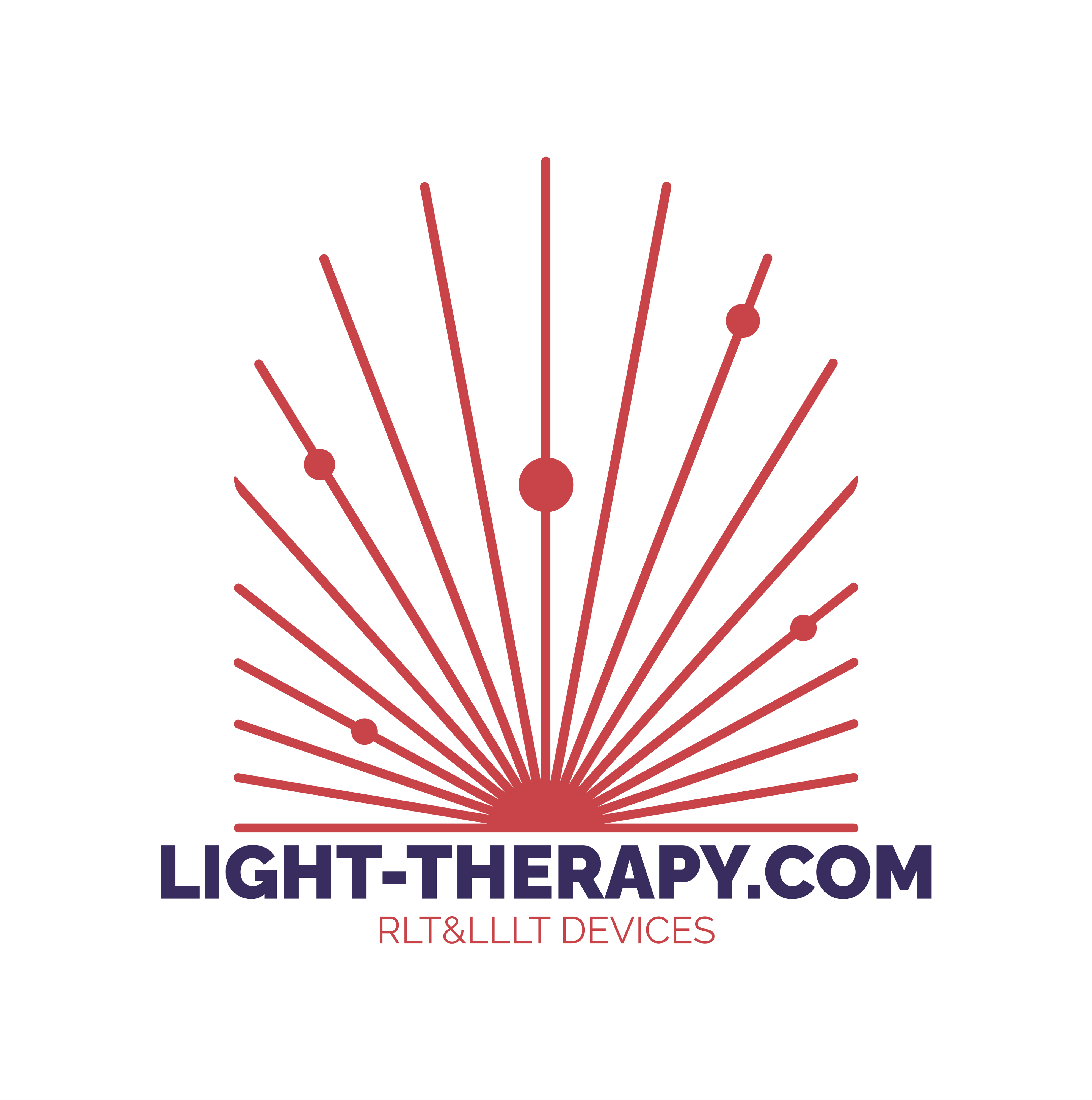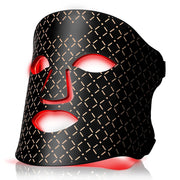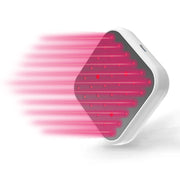If you’re seeking natural ways to improve skin tone and appearance, you may have heard about red light therapy. There are hundreds of devices available, including masks, wands, caps, wraps, and panels. So how do you choose? And how should you use your device?
In this article, we’ll explain how red light benefits the skin and how you can incorporate red light facials into your daily self-care routine for the most satisfying results.
We can’t claim that red light therapy is the fountain of youth… but we can say it’s a giant leap in the right direction. Read on to find out why!
How Does Light Affect the Skin?
The fact that light affects the body has been known since ancient healers first prescribed sun therapy for a variety of ailments. Today, we know that some wavelengths of natural sunlight are beneficial, while excessive exposure to others, especially ultraviolet (UV) light, is harmful.
Two wavelengths of invisible and visible light are commonly used in treating skin conditions: red and near-infrared (NIR). The term “red light therapy” is often used in reference to both red and NIR light. These wavelengths range in length from 650 to 850 nanometers (nm).
Red light therapy, also called photobiomodulation (PBM), infrared light therapy, and low-level light therapy (LLLT), uses devices fitted with powerful LED bulbs that deliver red and near-infrared wavelengths to bare skin.
While many early studies used lasers (thus the original names for the treatment—low power laser therapy or low-level laser therapy), LED panels deliver the same effects without lasers. And LED technology allows you to self-treat various health conditions in the comfort of your home.
Red light therapy is painless, non-invasive, natural, free of side effects, and highly beneficial in supporting the body’s self-healing mechanisms.

How Red Light Therapy Works
Thousands of independent studies and scientific reviews show that human cells respond positively to red and NIR wavelengths. The secret lies in stimulating the mitochondria, which are tiny organelles inside cells that produce adenosine triphosphate (ATP), the primary cellular fuel.
Sometimes, due to inflammation, chronic stress, disease, and/or other factors, the mitochondria don’t produce enough ATP. When this happens, the cells don’t have enough energy to perform their functions. This is known as mitochondrial dysfunction, and it’s one of the main reasons skin can age too quickly: Your cells just don’t have the “oomph” to do their jobs when they are struggling to survive.
Red light therapy has been shown to reverse mitochondrial dysfunction—and it sparks a chain of positive effects that shows potential to help turn back the clock on your skin. Giving yourself a red light therapy on facial could be the answer you’ve been looking for to enjoy firm, youthful skin once again.
How do we reverse mitochondrial dysfunction? By using red light therapy to make the mitochondria more efficient at converting the chemical energy from food into ATP.
When red and NIR light photons enter the body, they interact with light-sensitive chromophores within the mitochondria. This interaction excites the mitochondria and stimulates ATP production. More energy gives cells the boost they need to perform their functions more successfully, even if they are suffering from oxidative stress due to inflammation.
In a 2008 scientific journal article, University of California at San Diego researchers Joseph Tafur and Paul Mills state that mitochondrial photostimulation using red light therapy improves signaling involved in cellular homeostasis (everyday cellular functioning) and cell proliferation.
Cell proliferation allows healthy cells to replace damaged cells, which are largely responsible for sagging, wrinkled, and papery skin. Healthy cells mean less skin roughness and noticeably smoother and softer skin.
According to a 2017 paper by world-renowned LLLT expert Michael R. Hamblin, red light therapy also reduces inflammation; increases microcirculation to bring nutrients and oxygen to the skin and remove toxins; and increases collagen production for firmer and more elastic skin. We’ll more deeply explore the benefits of both red and NIR light therapy in the next section.
Red Light
Red wavelengths, which range from 630 to 660nm, are used to treat surface skin conditions including fine lines and wrinkles, photoaging, and chronic skin disorders. Studies on this range of red light have consistently shown an increase in intradermal collagen density after treatment. This is profound because collagen is a protein that makes up 80 percent of the skin.
Collagen creates a strong latticework that supports skin and creates a firm texture. Due to aging, sun damage, inflammation, and other causes, collagen production can slow down to the point of skin losing its firmness, which results in sagging skin. An intradermal collagen density increase means that the structures supporting the skin can be restored to their normal tightness and resiliency.
Another component of aging is reduced production of elastin, the protein that allows the skin to stretch—and red light therapy can help increase the protein. During a 2007 study, researchers from Seoul, South Korea treated participants with a combination of 633nm red light and 830nm NIR light twice a week for four weeks. After the study, the researchers found a marked increase in skin elasticity among participants. An examination showed highly activated fibroblasts, which are the precursors to both collagen and elastin.
Near-Infrared Light
Because NIR wavelengths are longer, they penetrate beyond the deepest layers of the skin into the muscles, joints, bone, and even into the brain. NIR wavelengths are most widely known for reducing chronic inflammation, which causes oxidative stress and accelerates aging.
NIR wavelengths also improve the circulation of blood and lymph (fluid of the lymphatic system), which is essential for good skin tone. Blood brings oxygen and nutrients to the skin, and lymph removes toxins and pathogens. So, increasing circulation boosts skin health.
A 2020 study by researchers from Italy and Russia found that red light therapy stimulates the growth of endothelial cells, which are the cells that make up the tiny capillaries within the cardiovascular and lymphatic systems. Red/NIR light also stimulates vasodilation (dilation of blood vessels), which promotes better circulation.









